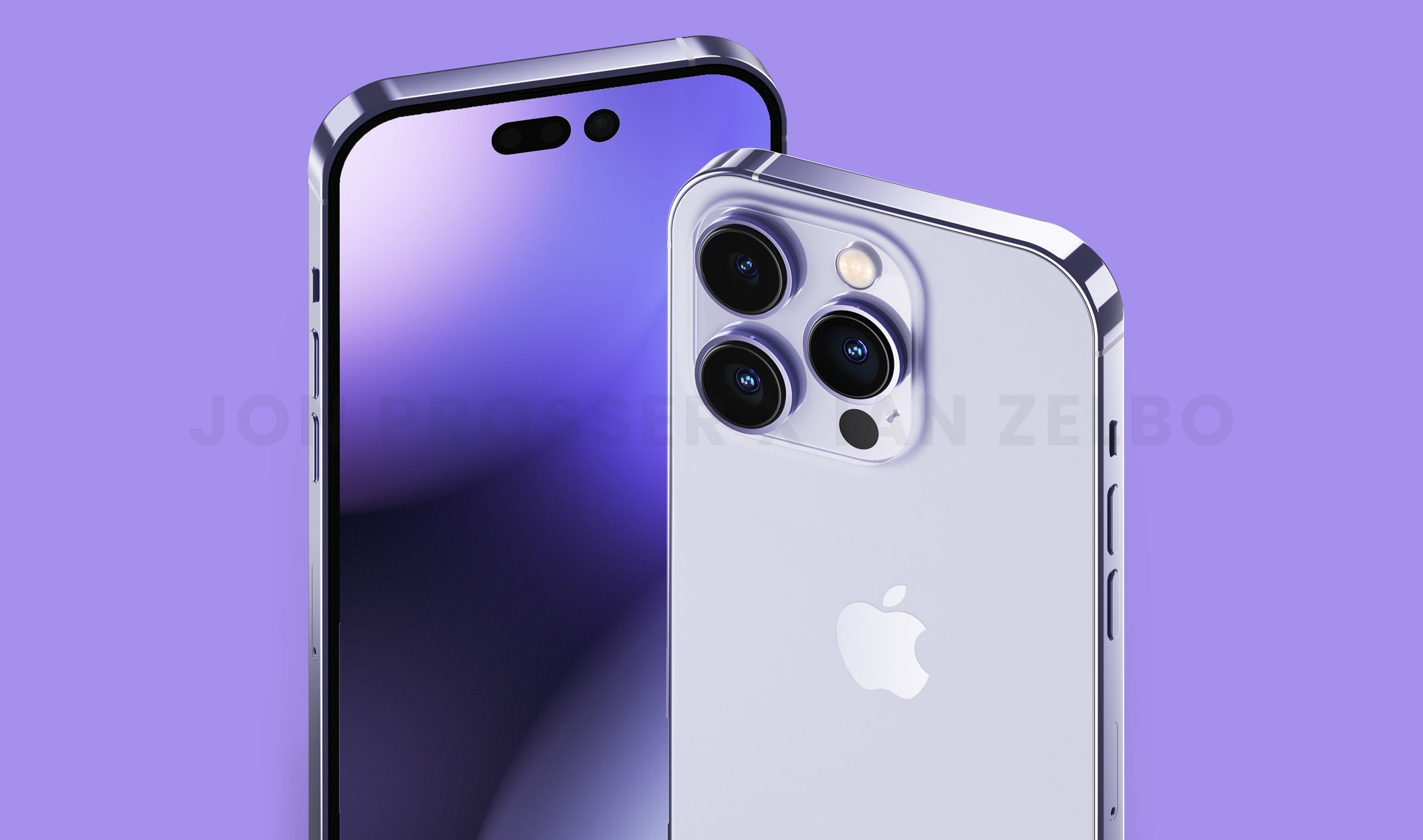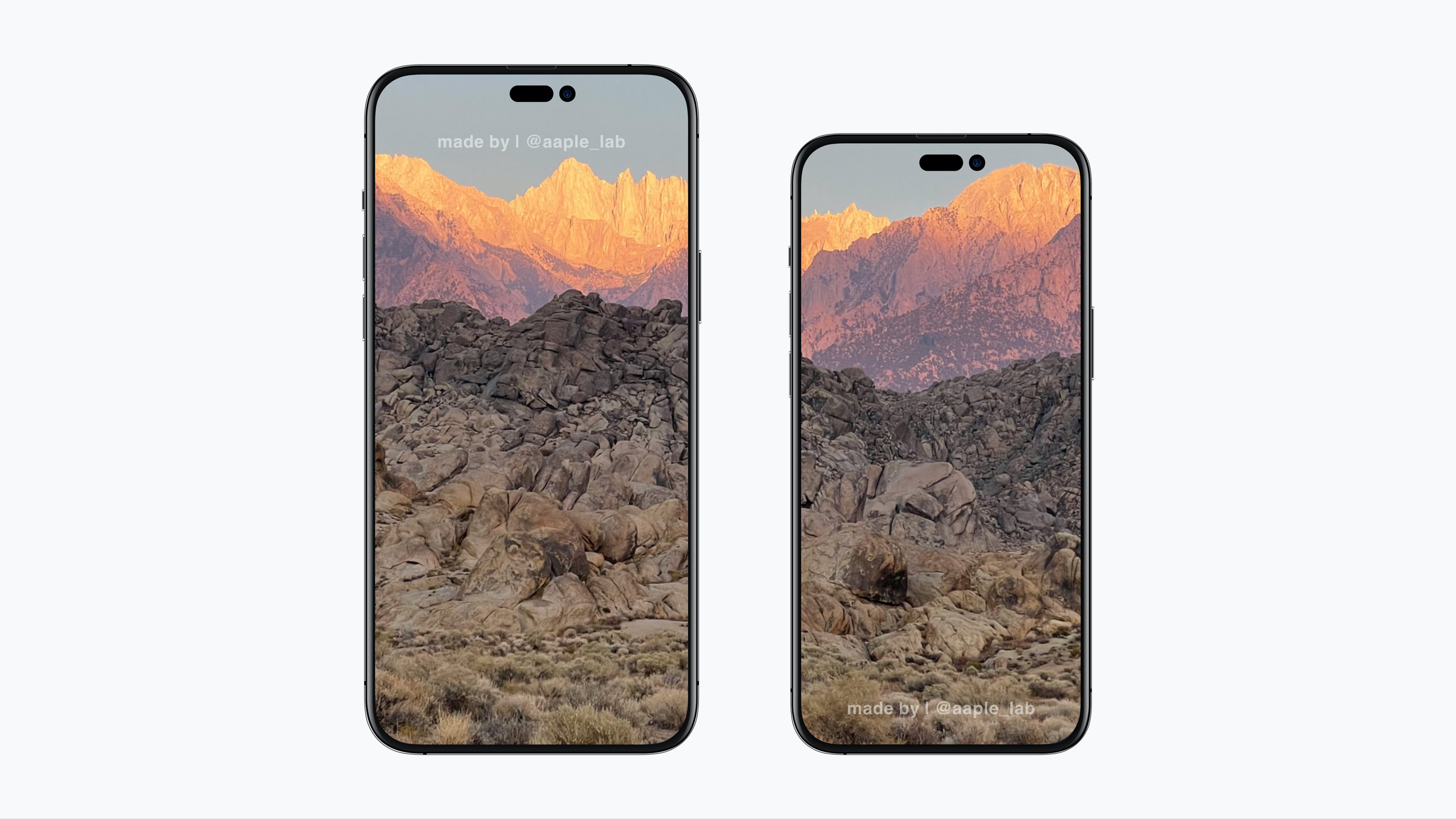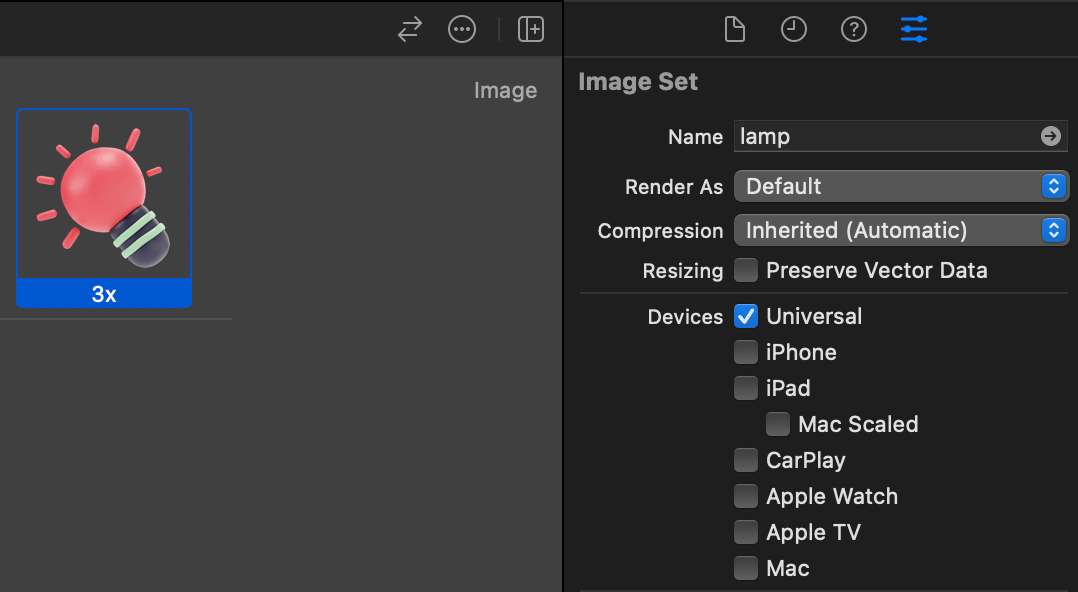What is a Rendered Image on iPhone, A rendered image on an iPhone is a digitally processed picture, optimized for display. It shows the final visual output after processing.
Rendered images on an iPhone are crucial for enhancing visual appeal and performance. These images undergo processing to ensure clarity, color accuracy, and optimized resolution. The iPhone’s powerful GPU and advanced software algorithms work together to create high-quality visuals. This technology is especially beneficial for apps, games, and multimedia content, providing users with an immersive experience.
By rendering images efficiently, iPhones can deliver smooth animations and detailed graphics. Users enjoy a seamless visual experience, whether browsing photos or playing games. This feature highlights the iPhone’s capability to handle complex visual tasks effortlessly, ensuring top-notch image quality.
What is a Rendered Image on iPhone?

Evolution Of Rendering On Iphone
Understanding what is a rendered image on iPhone involves delving into the evolution of rendering technology on these devices. Rendering refers to the process of generating an image from a model by means of computer programs. Over the years, iPhones have seen significant advancements in rendering capabilities, enhancing the user experience with more realistic and detailed visuals.
Rendering Techniques In Earlier Iphone Models
In the early days of the iPhone, rendering techniques were quite basic. The first iPhone models, such as the iPhone 3G and 3GS, relied on simpler graphics engines and less powerful hardware.
- Basic Graphics Engines: The initial iPhones used basic graphics engines to render images. These engines had limited capabilities compared to modern standards.
- Lower Resolution: The screen resolution was lower, which meant images were less detailed and less sharp.
- Limited GPU Power: The GPUs in earlier models were not powerful enough to handle complex rendering tasks.
Here is a comparison of the rendering capabilities of the iPhone 3G and iPhone 4:
| Feature | iPhone 3G | iPhone 4 |
|---|---|---|
| Screen Resolution | 480×320 | 960×640 |
| Graphics Engine | PowerVR MBX | PowerVR SGX535 |
| GPU Power | Limited | Improved |
These limitations meant that the rendered images on earlier iPhone models were less vibrant and less detailed. Users experienced basic graphics, which were good for that time but not comparable to today’s standards.
Advancements In Rendering On Latest Iphone Models
The latest iPhone models have seen tremendous advancements in rendering technology. The improvements in hardware and software have significantly enhanced the quality of rendered images on iPhones.
- High-Resolution Displays: Modern iPhones, such as the iPhone 12 and iPhone 13, boast high-resolution displays that deliver stunning visuals.
- Advanced GPUs: The latest models come equipped with powerful GPUs, such as the A14 and A15 Bionic chips, which can handle complex rendering tasks with ease.
- HDR Support: High Dynamic Range (HDR) support provides more vibrant colors and better contrast.
Let’s compare the rendering capabilities of the iPhone 12 and iPhone 13:
| Feature | iPhone 12 | iPhone 13 |
|---|---|---|
| Screen Resolution | 2532×1170 | 2532×1170 |
| Graphics Engine | A14 Bionic | A15 Bionic |
| GPU Power | High | Very High |
These advancements mean that users can enjoy lifelike visuals and smoother performance. The rendered images on the latest iPhone models are more detailed, vibrant, and realistic. Understanding what is a rendered image on iPhone becomes clear when you see the stunning visuals on these devices.
Key Components Of Rendering On Iphone
Ever wondered, what does rendered image mean on iPhone? Rendering an image on an iPhone involves several key components working together to produce high-quality visuals on your screen. Understanding these components can help you appreciate the technology behind those stunning graphics. Here, we explore the key components of rendering on iPhone.
Graphics Processing Unit (gpu)
The Graphics Processing Unit (GPU) is a specialized processor designed to handle complex graphics calculations. It is essential for rendering images on your iPhone. The GPU performs several functions, including:
- Image Processing: The GPU processes raw image data, converting it into a format that can be displayed on the screen.
- Texture Mapping: It maps textures to 3D models, giving them a realistic appearance.
- Shader Execution: The GPU runs shader programs that add effects like lighting and shadows to the image.
iPhones are equipped with powerful GPUs to ensure smooth and fast rendering of images and videos. The GPU works in tandem with the CPU to balance the workload, ensuring efficient performance. Here is a table summarizing the key tasks of a GPU:
| Task | Description |
|---|---|
| Image Processing | Converts raw image data for display. |
| Texture Mapping | Applies textures to 3D models. |
| Shader Execution | Runs programs for effects. |
Users often ask on forums like Reddit, “what does rendered image mean on iPhone?” The GPU is a big part of the answer. It makes sure your images look great and load quickly.
Render Pipeline
The Render Pipeline is a sequence of steps the GPU follows to create the final image. It consists of several stages, each performing specific tasks. These stages include:
- Vertex Processing: Transforms 3D vertices into 2D coordinates.
- Clipping: Removes parts of the image that are outside the view.
- Rasterization: Converts 2D coordinates into pixels.
- Fragment Processing: Applies color and texture to pixels.
- Output Merging: Combines all elements to form the final image.
Each stage in the pipeline is crucial for rendering high-quality images. The vertex processing stage handles the geometry, while the clipping stage ensures only visible parts are processed. During rasterization, the GPU converts shapes into pixels. Fragment processing adds color and texture, and output merging combines everything into the final image.
Understanding the render pipeline helps clarify “what does rendered mean” in the context of iPhone graphics. It is a complex yet efficient process that ensures the visuals you see are detailed and accurate.
Rendering Technologies On Iphone
A rendered image on iPhone is a digitally crafted picture created using advanced rendering technologies. These technologies help convert 2D and 3D models into high-quality images. The iPhone uses cutting-edge tools to enhance the visual experience. Let’s explore the rendering technologies on iPhone.
Metal Api
The Metal API is Apple’s proprietary framework for high-performance graphics. It provides developers with direct access to the GPU, which means faster and more efficient rendering. Here’s why Metal API is essential:
- Efficiency: Metal reduces the overhead of graphics processing.
- Performance: It allows for smoother animations and more complex visual effects.
- Compatibility: Metal supports both iOS and macOS.
Many apps use Metal to achieve stunning visuals. Games, in particular, benefit from Metal’s capabilities. Developers can create detailed environments and lifelike characters. Here is a quick look at some features of Metal:
| Feature | Description |
|---|---|
| Low-Level Access | Direct control over GPU |
| Multithreading | Optimizes performance across multiple cores |
| Resource Management | Efficient handling of graphics resources |
Using Metal API, developers can create high-quality rendered images on iPhone. These images are often stored in formats like renderedimage.heic iphone, which ensure high resolution and compression efficiency. Metal API makes the iPhone a powerful tool for visual creativity.
Arkit For Augmented Reality Rendering
ARKit is another groundbreaking technology on iPhone. It enables augmented reality (AR) experiences by blending digital objects with the real world. ARKit uses advanced rendering techniques to make these objects look realistic. Here are some key points about ARKit:
- Real-Time Rendering: ARKit processes visuals instantly to maintain realism.
- Motion Tracking: It tracks the device’s movement to align digital objects accurately.
- Environmental Understanding: ARKit recognizes surfaces and spaces, integrating objects seamlessly.
ARKit is used in various apps, from gaming to education. It enhances user experiences by adding interactive elements to the real world. Here is a brief overview of ARKit’s capabilities:
| Capability | Description |
|---|---|
| Face Tracking | Detects and maps facial features |
| Scene Reconstruction | Reconstructs surroundings for better integration |
| Lighting Estimation | Adjusts lighting to match the environment |
Using ARKit, developers can create immersive AR experiences. These experiences often involve rendered images that enhance the user’s reality. Users can even perform a reverse image search to find similar visuals online. ARKit makes the iPhone a versatile device for augmented reality, pushing the boundaries of what is possible in mobile technology.

Impact Of Rendering On User Experience
Rendered images on iPhones are digitally processed visuals that ensure high-quality display on your device. The impact of rendering on user experience is significant. It enhances visuals and improves performance, making your interaction with images smooth and delightful.
Enhanced Visuals
Rendering greatly enhances visuals on your iPhone. It makes images look sharper and more detailed. This is crucial for a great user experience. When you open a photo, the rendered image is processed to display at its best quality.
Here are some ways rendering enhances visuals:
- High Resolution: Rendered images maintain high resolution, making every detail visible.
- Color Accuracy: Rendering ensures colors are accurate and vibrant.
- Clarity: Text and small elements in images are clearer.
Consider the renderedimage.heic meaning. This format is optimized for Apple devices, ensuring high-quality visuals while saving storage space. The HEIC format supports advanced features like:
| Feature | Benefit |
|---|---|
| Efficient Compression | Reduces file size without losing quality |
| Better Color Depth | Displays more colors for vivid images |
| Transparency | Supports images with transparent backgrounds |
Improved Performance
Rendering not only enhances visuals but also improves performance. Rendered images load faster and more efficiently. This makes your browsing experience smoother and more enjoyable.
Here are some performance benefits of rendering:
- Quick Load Times: Rendered images load quickly, reducing wait times.
- Optimized Storage: HEIC format helps save space, allowing more images on your device.
- Battery Efficiency: Efficient rendering uses less battery, extending your device’s battery life.
Loading large images can slow down your device. Rendered images in the HEIC format are optimized for performance. They require less processing power to display, making your device run smoothly.
By improving performance, rendering ensures a seamless user experience. You can enjoy high-quality images without compromising speed or battery life. This balance is essential for an optimal iPhone experience.
Challenges In Rendering On Iphone
iPhones are known for their high-quality displays and smooth graphics. But creating a rendered image on iPhone can be challenging. Rendering involves generating an image from a model using computer software. This process can be resource-intensive, posing specific challenges on iPhones. Let’s explore the challenges in rendering on iPhone.
Optimizing For Battery Efficiency
One significant challenge is optimizing for battery efficiency. Rendering images can drain the battery quickly. Developers need to find ways to create high-quality images without compromising battery life. Here are some key points to consider:
- Efficient Algorithms: Use efficient rendering algorithms to reduce power consumption.
- Background Processing: Perform rendering tasks in the background to save battery.
- Adaptive Quality: Adjust image quality based on the battery level. If the battery is low, lower the image resolution.
Here’s a table comparing different strategies:
| Strategy | Battery Impact | Quality Impact |
|---|---|---|
| Efficient Algorithms | Low | High |
| Background Processing | Moderate | None |
| Adaptive Quality | Low | Variable |
These strategies help balance battery efficiency and rendering performance. Developers should always aim to keep the user experience smooth, even during intensive tasks like rendering images.
Balancing Quality And Performance
Another challenge is balancing quality and performance. High-quality images require more processing power. Too much processing can slow down the device. Here are some tips to find the right balance:
- Use Textures Wisely: Reduce texture sizes to improve performance without sacrificing too much quality.
- Level of Detail (LOD): Implement LOD techniques to reduce the complexity of distant objects.
- Optimize Shaders: Use optimized shaders that provide good quality without heavy processing.
Consider this table for a quick overview:
| Technique | Performance Impact | Quality Impact |
|---|---|---|
| Texture Optimization | High | Moderate |
| LOD Techniques | High | Low |
| Shader Optimization | Moderate | High |
Incorporating these techniques ensures a smooth rendered image iMessage experience. Users enjoy high-quality images without lagging performance. This balance is crucial for modern iPhone applications.

Future Trends In Rendering On Iphone
The iPhone has revolutionized the way we capture and view images. A rendered image on an iPhone is a visual representation created by converting 3D models into 2D images. It is achieved through complex calculations and processes. As technology advances, the future trends in rendering on iPhone promise to deliver even more stunning and lifelike visuals. Let’s explore the exciting developments on the horizon.
Ray Tracing Technology
Ray tracing technology is set to transform how we experience rendered images on the iPhone. This technology simulates the way light interacts with objects, creating highly realistic images. Here are some key points about ray tracing:
- Enhanced Lighting Effects: Ray tracing accurately simulates reflections, refractions, and shadows.
- Realistic Textures: Surfaces and materials appear more lifelike and detailed.
- Improved Visuals: Games and apps will feature more immersive environments.
Ray tracing technology is expected to become more prevalent in iPhone graphics. It will provide a significant leap in visual quality, making rendered images more captivating than ever.
| Feature | Benefit |
|---|---|
| Real-time Reflection | More accurate and dynamic visuals |
| Global Illumination | Better light distribution and realism |
| Soft Shadows | Smoother and more natural shading |
Integration Of Ai For Real-time Rendering
The integration of AI for real-time rendering is another exciting trend. AI enhances the rendering process by making it faster and more efficient. Here are some benefits of AI in rendering:
- Speed: AI algorithms reduce the time needed to render complex scenes.
- Quality: AI improves image quality by predicting and filling in missing details.
- Adaptability: AI adapts to different rendering needs, optimizing performance.
With AI, the iPhone can render images in real-time, even in demanding applications. This means smoother gaming experiences, better augmented reality (AR) applications, and more engaging virtual experiences. AI-driven rendering also reduces power consumption, extending battery life for users.
AI technology ensures that the rendered image meaning continues to evolve, offering users unparalleled visual experiences. As AI becomes more integrated into iPhone hardware and software, we can expect even more advancements in the quality and efficiency of rendered images.
Conclusion
Understanding rendered images on iPhone is essential for both users and developers. These images enhance the visual experience significantly. With advanced rendering techniques, iPhones deliver high-quality visuals. This technology continues to evolve, promising even better performance in the future. Stay updated to make the most of your iPhone’s capabilities.



